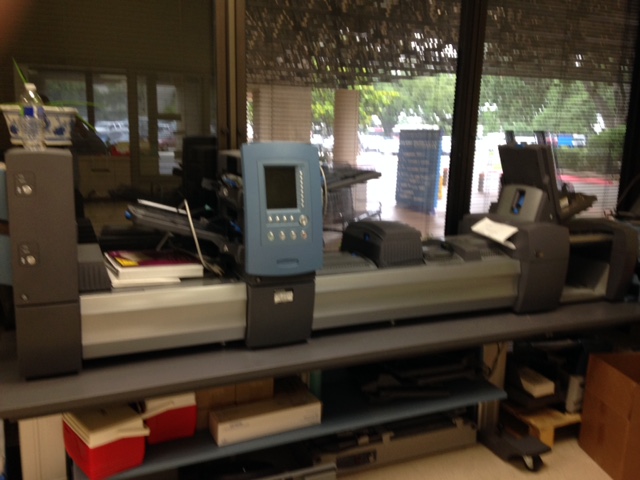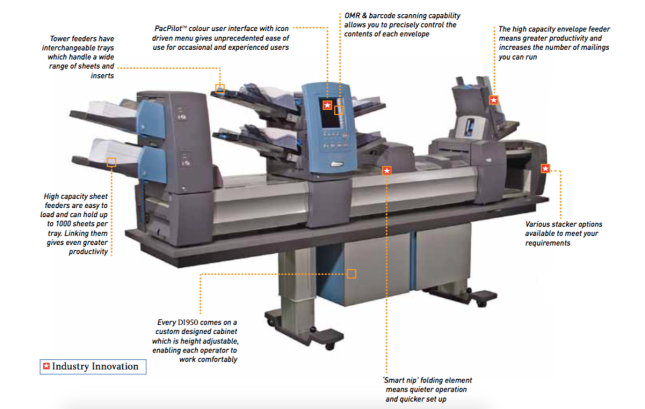Many years ago companies typically refreshed their hardware platform on a three to five year cycle and very few considered multi-vendor maintenance providers because this cycle often coincided with the warranty offered by the manufacturer.
Today most companies, regardless of size, are faced with budget constraints and the need to reduce capital outlays that make retaining equipment for a longer period of time a necessity. In our opinion, replacing most hardware every three to five years is not necessary if equipment is properly serviced and preventative maintenance is performed on a cycle that matches the usage of each client.
Let’s consider the life cycle of a typical piece of electro-mechanical equipment that is mission-critical to your organization:
- Your company invests in new shiny piece of equipment that comes with a standard warranty which covers a specific shift per day, parts, software, etc.
- At the end of the warranty period your sales representative visits you knowing that your warranty is ending and brings you a pricing proposal for the latest solution.
- The proposal demonstrates a positive ROI on the new solution vs. the solution that you purchased less than thirty-six months ago.
- A big line item that helps justify the new purchase is typically the maintenance post warranty period.
- You see that the piece of equipment you own is just about written off and that you can lower your per item cost with the new equipment as you can avoid the post warranty maintenance cost.
What this scenario ignores is that the piece of equipment you already own does the job and that there are alternatives to the OEM post warranty maintenance, but in the past you accepted that you’d have to buy a new solution to keep your cost down.
Outside of your business you understand this makes no sense. There is no way you’d let the manufacturer of your dishwasher dictate that you need to buy a replacement every three to five years. In your own home, you run that dishwasher until it can’t be fixed any longer and then you buy a new one. In the meantime you probably rely on non-OEM service companies to come out and fix it when needed.
Why not do that with your business too? There are many reasons to switch to third party multi-vendor support.
1) Value. Typically, you will save between 30% and 50% off the maintenance rates of the OEM. These can be substantial savings which eliminate the apparent cost reduction from new equipment. Savings, which allow you to invest in your business, keep or expand staff, buy additional solutions or simply put more money in your pocket.
2) Multi-Vendor Support. You can simplify your support structure by having one company provide maintenance for all your equipment. This structure allows you to have one point of contact for all issues and not deal with multiple vendors every day. One support organization eliminates finger pointing and eliminates multiple contracts.
3) Unbiased Assessment. When you are looking for an answer from an OEM, they will push you to a solution they can provide. This makes sense for them however it’s not in your best interest. Their competitors may have more robust solutions but they won’t tell you that. Most multi-vendor third party organizations are agnostic towards the manufacturers and will point you to a solution regardless of the OEM.
4) Flexibility. With most multi-vendor third party organizations you have the ability to customize the service to meet your needs. The ability to customize service level agreements, coverage times, peak coverage, preventative maintenance routines, parts availability are all things to consider when you are comparing OEM support to multi-vendor third party support.
When an OEM feels threatened by a multi-vendor third party organization, they will try to play the “software support” card. They will tell you that you run the risk of losing software support, upgrades, etc. This has proven over the years to be a myth.
Multi-vendor third party organizations can provide technical help desk support for most operating systems if the firmware, patches and upgrades are publically available. If they are not available, the multi-vendor third party organization can help procure them and provide the installation.
The less publicized option that OEM’s keep secret is that most will split your hardware and software maintenance contracts apart. This allows customers who want that additional level of software support to have the ability to receive support on the equipment’s operating system.
In post-warranty or end-of-life scenarios, the software in this equipment is battle tested. It is typically very stable and upgrades are very seldom necessary.
The savings that can be made by using a multi-vendor third party maintenance provider for hardware support and buying a patches or updates as required are usually substantial.
When you are looking for a multi-vendor third party maintenance provider, the questions to ask are:
1) Do they have a staff of qualified field engineers?
2) Do they have the infrastructure to provide equal to or better support than the OEM?
3) Are they able to provide support customized to your needs?
4) Is there a a transition plan that is well documented and precise?
5) Are there systems and processes in place that are easily defined?
6) Do they have a proven track record of success backed by references?
Symco Group can answer yes to all of these questions. We provide support across all type of equipment and provide our clients with greater control of capital expenditures, allowing them to delay expensive hardware refreshes and/or upgrades.
When working with Symco you do not have to surrender quality of service. You receive service as good or better than the OEM’s at a fraction of the cost and we’ve been providing this support since 1983.
To learn more about Symco Group’s multi-vendor services, contact us at 800-878-8002 or email info@symcogroup.com.


